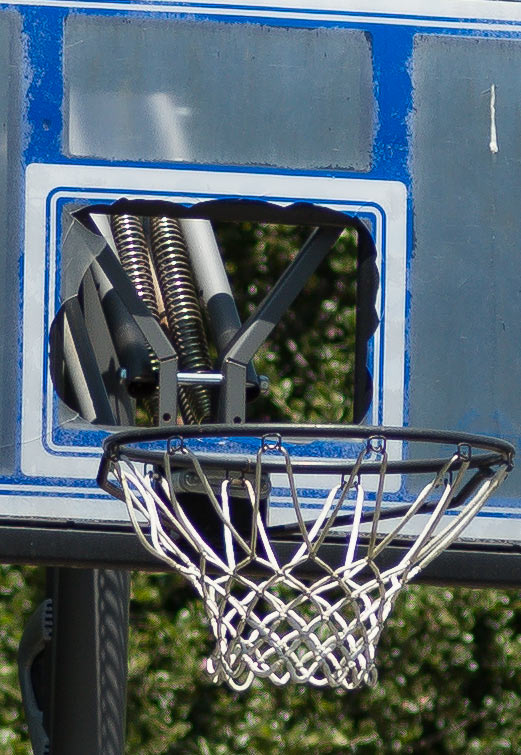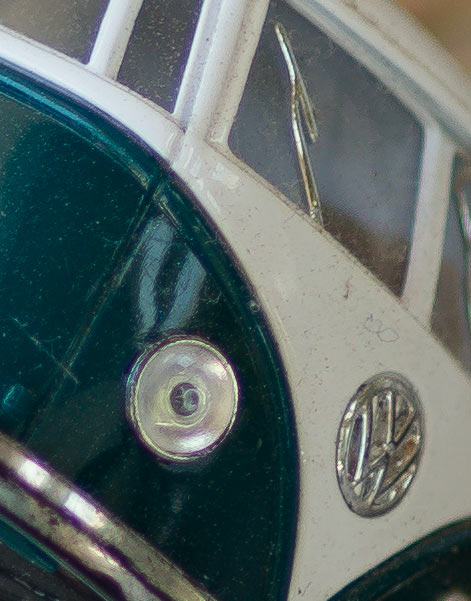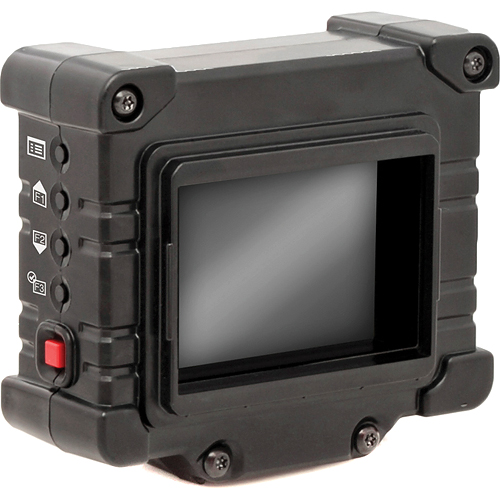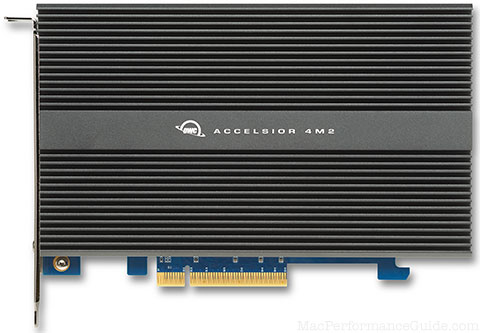
|

|

|

|

|

|
Viewing The Camera’s LCD — Zacuto EVF Electronic Viewfinder
Related: computer display, display connectivity, EVF, focus peaking, focusing, gear, Live View, loupe, optics, OVF
The Zacuto Z-Finder EVF is an electronic viewfinder for use with any camera having an HDMI output, such as current model Canon or Nikon DSLRs.
The Zacuto Z-Finder Pro optics are essential to use of the Z-Finder EVF, so consider it a mandatory accessory (which is also highly useful on its own). Zacuto offers the Z-Finder EVF Pro bundled with the Z-Finder optics included, but that bundle includes the 2.5X optics. I prefer the 3X version, so buyers should consider which version is best for their needs, see the review of the Zacuto Z-Finder Pro for more on that topic.
Why use it?
The Z-Finder EVF focus peaking feature is terrific for achieving accurate focus. It’s a huge disappointment that the Z-Finder EVF functionality is not built-into the Nikon or Canon DSLRs like the Nikon D800 or Canon 5D Mark III.
The Zacuto Z-Finder EVF is targeted for video use, but my interest in it is for still photography.
- Accurate focus using the unit’s focus peaking feature makes the focus accuracy rate very high, even with lenses like the Zeiss 100mm f/2 Makro-Planar.
- Photographers with eyesight issues might be able to dramatically increase their keeper rate over using the camera’s LCD and/or viewfinder, due to the focus peaking feature of the EVF.
- Glare-free image composition and image review.
- Keeps the camera’s optical viewfinder available.
- Continual video use.
In use
I tested the Zacuto EVF-1S EVF Snap model along with my Zacuto Z-Finder Pro 3X.
My interest was in seeing whether the Zacuto EVF could raise the hit rate of focusing the Zeiss 100mm f/2 Makro-Planar. The 100/2 Makro-Planar offers ultra-high performance, but in return, it demands hyper-accurate focus to deliver its wonderful sharpness, something not consistently possible with the optical viewfinder and still challenging with the camera’s Live View feature.
Could the Zacuto EVF improve upon the camera’s Live View?
For testing, I set the Zacuto EVF to use focus peaking, and used maximum magnification on the Canon 5D Mark III and Nikon D800 Live View Mode.
Zacuto EVF With the Canon 5D Mark III
Stepping into my backyard with the Canon 5D Mark III, I shot about 50 frames. Precise focus was quick and easy to achieve, due to the focus peaking feature, giving me MUCH more confidence than using the camera Live View mod (due to the focus peaking feature of the Zacuto EVF).
Examining the images, every image was in perfect focus. But just as important, the effort required to focus with confidence was much improved over the camera’s own LCD, due to the very helpful focus peaking.
Zacuto EVF With the Nikon D800
While the Canon’s Live View signal is a little soft on its own LCD, it sharpens up nicely with the Zacuto EVF focus peaking. By comparison, the Nikon D800’s sub-sampled Live View HDMI feed is obviously inferior to the Canon 5D Mark III with the Zacuto EVF, with the Nikon showing jagged and distorted edges that add ambiguity to focusing.
The D800 / D800E Live View quality is equally inferior whether the rear camera LCD is used, or using the D800 HDMI outpout. Both are brain-damaged implementations of Live View, the single biggest weakness and disappointment with the D800 / D800E.
One can get accurate focus with the D800 / D800E Live View, as I have repeatedly found in my review of the Nikon D800. It’s just that Nikon’s incompetent approach to a critical camera function is frustrating when it clearly can be much better.
I had a lower success rate with the Nikon D800 and the Zacuto EVF, perhaps 80% (still very good). This is not a fault of the Zacuto EVF, but rather due to Nikon’s impaired HDMI signal. Still, the benefits of focus peaking using the Zacuto EVF are very worthwhile on the D800 over trying to focus by eye through the optical viewfinder, and somewhat better than using the rear LCD of the Nikon D800 / D800E; the Zacuto EVF focus peaking is definitely of some assistance.
Zacuto EVF With the Nikon D3s
I observed none of the impaired signal quality of the D800; the D3s offers a high quality signal and using the Zacuto EVF with it offers a very high quality image to work with.
Other considerations
The main thing is that the need for the Zacuto EVF should not need to exist for stills; Canon and Nikon ought to build in equivalent (and better) focusing peaking modes, as does Sony with its NEX series.
But given that Canon and Nikon do not provide focus peaking as of mid-2012, the Zacuto EVF is a winner, but does have some drawbacks for stills shooting, as might any add-on:
- Physically awkward mounted on top of the camera hot-shoe (but this also has the benefit of keeping the rear LCD and optical viewfinder unobstructed).
- The HDMI cable comes out of the right side of the unit and must be awkwardly routed to the left side of the Nikon or Canon DSLR.
- Not for rapid shooting; zooming-in the camera’s Live View image to focus, then zooming out to compose takes time.
- Lag time between taking an image and getting a live view signal going again for the next shot.
- Resolution could be better; it’s only 384K pixels (800 X 480).
- One more battery to charge (Canon 7.2v Canon LP-E6 or equivalent).
- Does not take 1080p signal, though this is presently not an issue with DSLRs.
- For still photography, one doesn’t get the full resolution of the sensor to focus with; this is a limitation of both HDMI and the cameras themselves, so it’s not the fault of the Zacuto EVF.
Specifications
It is the focus peaking feature that offers most of the value to still photo shooters.
- 3.2" High Resolution Monitor with 800 x 480 resolution
- Compatible with Z-Finder View Finders
- Supports HDMI Signals / 2 Class A Ports
- 2 User Settable IRE Levels
- Focus Assist (Peaking)
- Blue Only Mode
- Frame Line Generator
- Audio Meters / Battery Level Indicators
- 3 Assignable Function Buttons
Display: 3.2" TFT LCD IPS LED at 800 X 480, 16 million colors Viewing Angle: H: 170º / V: 170º
Display Viewing Area: 70.6mm (H) x 42.76mm (V)
Battery: 7.2v Canon LP-E6 or equivalent or 12v Power adaptor (optional)
Video Input/Output: HDMI: 480i / 480p / 576p / 720p / 1080i Operating Temperature: -4 to 158º F (-20C to 70º C) Storage Temperature: -22 to 176º F (-30 to 80º C)
Power Consumption: 2.5w (5.20 hours with a 1800mAH Battery)
Examples
Actual pixels crops from test images show biting sharpness at f/2 and f/2.8, thanks to the focus peaking assist of the Zacuto EVF.

























